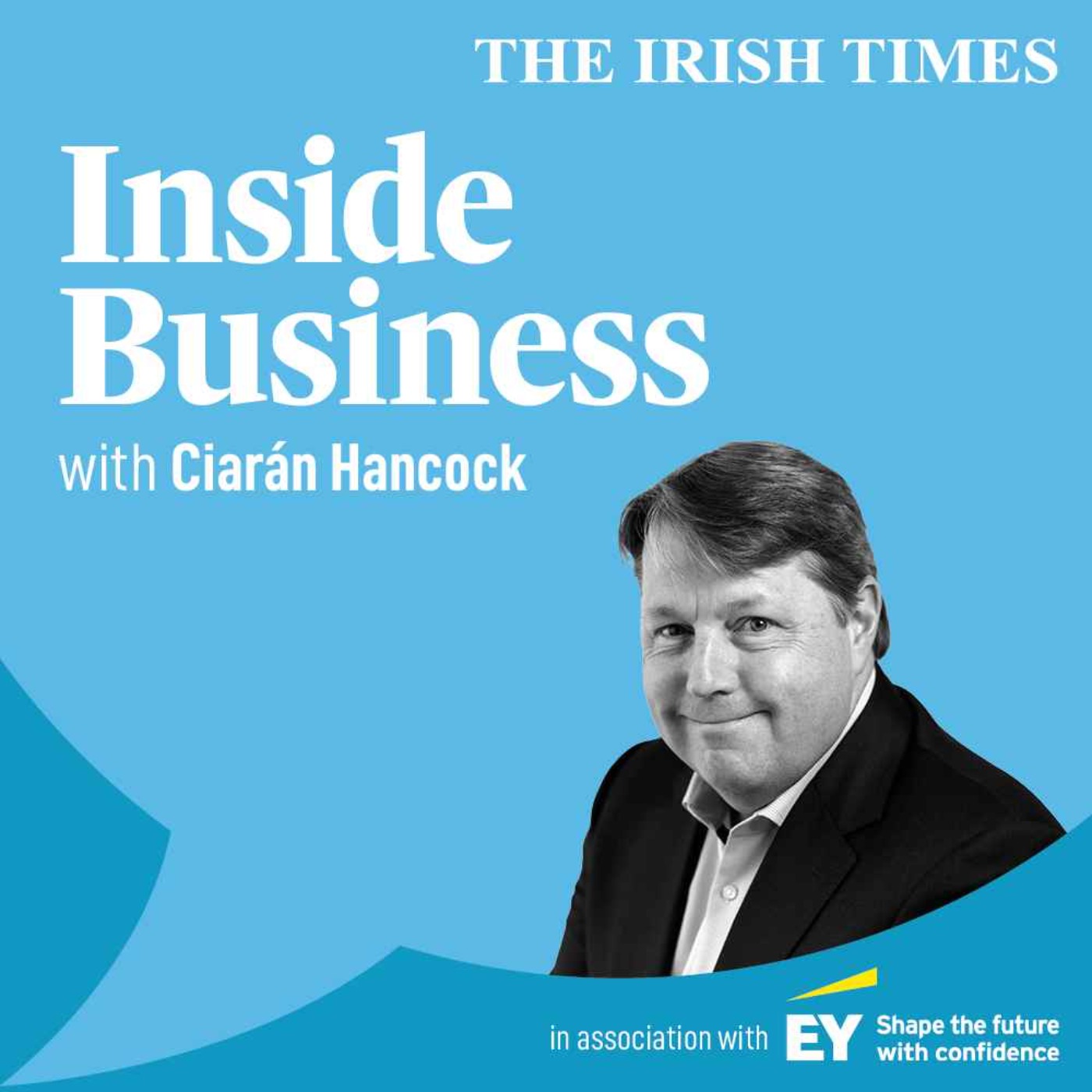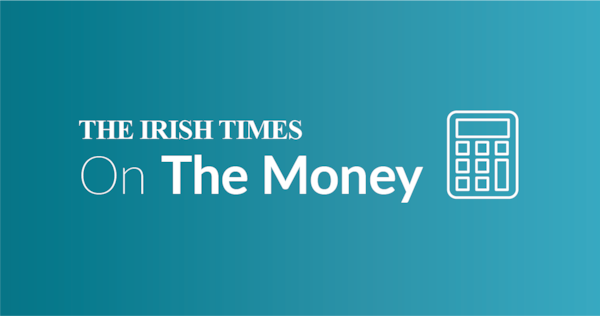New Minister for Finance Simon Harris will be getting a large briefing document drawn up by senior officials, covering all the various parts of his new job. It will include various scarifying risks and malign scenarios.
Part of the Department of Finance’s role is, after all, to worry about things. But what are the really tricky issues the new Minister will face?
How to do the job
This may seem obvious. But a party leader taking the job of Minister for Finance raises some questions. In this Coalition and the last, the ministers for finance and public spending have formed an alliance, at times holding back demands for more spending from their own party leaders – the Taoiseach and Tánaiste – and other Ministers. Now the dynamic will be different.
And what does it mean for the relationship between the two budget ministers, with Jack Chambers in public spending now facing a party leader in the finance ministry on the floor below in Merrion Street? Whether this all raises questions of Coalition stability remains to be seen. Meanwhile, finance ministers tend to keep their powder dry in public, sticking very much to script. And this – to put it mildly – is not the Harris style.
READ MORE
A slowing economy
The economy has grown strongly, particularly in the years since the pandemic, supporting tax revenues and giving Paschal Donohoe a story to sell in terms of employment.
Now there are signs of growth at least starting to top out, with the jobs market slowing – as confirmed in Thursday’s labour force figures – and some concerns about investment.
Meanwhile, the policies of US President Donald Trump remain a concern for a State so reliant on US investment and despite the European Union-US trade deal, a couple of potentially troublesome rows continue to bubble between the two sides. Navigating these choppy waters in Washington and Brussels will be a challenge for Harris. And a vital job for him will be “minding” Ireland’s major foreign investors and reassuring them about the stability of the outlook here against this uncertain backdrop.
Slowing growth would be no harm – given the pressures on housing and infrastructure – once it doesn’t turn into something more concerning in terms of a wider economic reversal.
There is no immediate sign of this happening, but the risks – for example, from Trump and an over-inflated US tech sector and stock market – are there.
Buoyant taxes
While the economic outlook is a bit clouded, corporate tax revenues – which relate to past performance – are still buoyant. The indications are that the key November corporation tax receipts will be strong given indications that big companies such as Apple and Microsoft continue to book massive profits in Ireland.
More money is good news for the exchequer, or course. But there can be “too much of a good thing”. The same applies to exports, where massive pharma sales to the US in September – as companies continue to ship as much as possible from Ireland fearing further tariffs moves – point to another big annual surplus for Ireland in its transatlantic trade.

How AI is beginning to wreak havoc in the jobs market
Exports of goods to the United States more than doubled to €16.3 billion in September, compared with September 2024 (€7.2 billion) with chemical and related products, which include medical and pharmaceutical products, making up more than 90 per cent of these exports.
The trade surplus and continued inflow of corporate tax here is getting attention in the Trump administration – the US president himself has commented multiple times on the pharma issue- and is likely to be featuring in discussions it is having with individual companies about their investment plans.
Higher corporate tax also leaves Ireland ever more reliant on this source of revenue, as some of the money goes to extra spending. For this reason, the Central Bank warned recently that “there are material downside risks to continued revenue growth from this historically volatile source. Further escalation in geopolitical tensions that disrupts trade flows, supply chains and FDI could reduce the corporate tax base”.
Strong tax growth and a headline budget surplus will also raise the pressure to spend more. And one of the jobs Harris and Chambers will have is to try to keep the recent budget on track, in contrast to the consistent overspending of recent years.
It now looks as if spending this year, for example, will be a full €4 billion ahead of what was planned in the October 2024 budget. If tax revenues are again ahead of schedule, saying “no” to ministers when their budgets come under pressure becomes much more difficult. And so will keeping current spending under control in next October’s budget. Harris will be likely to have the chance to aim for a significant budget surplus again in that package – he would be wise to take it.

Already it is clear that Sinn Féin, the main Opposition party, are doing to hammer away at the cost-of-living issue, calling for supports across the board for households and more spending. The political price of withdrawing the once-off payments in this October’s budget is being paid by the Coalition. How does Harris, in finance, respond to all this next year?
Medium-term planning
Harris will have two years as Minister for Finance before he becomes Taoiseach. He will then, we presume, appoint another minister to take the public spending portfolio, while Fianna Fáil appoints a finance minister, most likely Jack Chambers. So to what extent will Harris be interested in medium-term planning for the public finances?
This is more than a theoretical question. A medium-term plan for the public finances has still to be produced nearly a year into the Government’s term. This would scope out spending, probably up to 2030, and look at the implications for the public finances. Former minister for finance Paschal Donohoe and Chambers had been working on this and preparations had seemed to be fairly advanced.
[ Paschal Donohoe’s departure gives Coalition a different complexionOpens in new window ]
But the speculation is that there were some misgivings elsewhere in Government about the messages involved.
Because State investment spending is growing so quickly, the outlook is likely to indicate that the rate of increase in day-to-day spending, which has risen rapidly, will have to slow. This is not a politically popular message for a Government under pressure on the delivery of services in health, education, social services and so on.
Nor is the likely conclusion of the document that at some stage higher taxes are likely to be needed to help pay for the massive State investment programme, as well as the costs of an ageing population and climate change. Whether the publication of this framework goes ahead, what is says and how it is “sold” will this be important.
And it fits into a wider picture of a massive infrastructure programme which simply has to be delivered for economic and social reasons. This is not all down to the Minister for Finance, but as what might be called the “chief economic officer” of the Government and the one businesses look to for reassurance, Harris will be at the centre of this story, too. And of wider Government planning on the economy, which faces fundamental questions about Ireland’s economic model.

The sale of PTSB
Just an uncontroversial sale of an Irish bank as the State withdraws from owning the sector? Not quite. There are real sensitivities here. The first depends on the buyer. If PTSB is sold to another bank – most likely from the European Union – things will be easier.
But what if the highest bidder is an investment fund – typically dubbed a “vulture fund” in Ireland? The ownership by these funds of books of Irish mortgages has already proved controversial. What if one gets hold of current accounts too, along with the rest of the PTSB business?
Perhaps the bigger issue will be the likely rationalisation of the branch network which is likely to follow a sale. As well as its own branches, PTSB took on 25 former Ulster Bank branches after it departed from the market, bringing its total to 98.
Market observers feel that a new buyer is likely to want to cut costs and close branches, putting jobs under threat.
While there is a protocol here and the need for a notice period, this would be bound to be politically controversial. The Government can, of course, decide who to sell to – but it cannot control what happens after the purchase, once the new owner operates within the rules.













